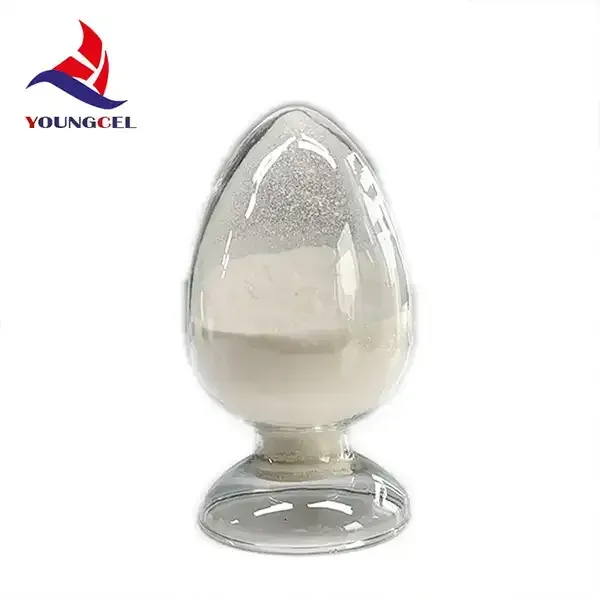The Innovations of Paint in HPMC Applications
Hydroxypropyl Methylcellulose (HPMC) is a versatile cellulose ether that has found widespread application across various industries, including construction, pharmaceuticals, and food processing. One of the most exciting areas of HPMC application is in the realm of paints, where its unique properties can enhance product performance and functionality. In this article, we will explore the benefits of incorporating HPMC into paint formulations, the mechanisms behind these benefits, and the future potential of this innovative direction in paint technology.
HPMC is renowned for its ability to improve the texture and workability of paint. When added to a paint formulation, HPMC acts as a thickening agent, providing the desired viscosity while ensuring a smooth application. This characteristic is highly valuable for both professionals and DIY enthusiasts, enabling easier brush strokes, roller application, and spraying. By optimizing the workflow, HPMC contributes to an improved user experience, making paint jobs more efficient and less prone to common issues like drips or sagging.
Furthermore, HPMC is known for its water-retention properties, which are pivotal in maintaining the quality of the paint during the drying process. In many paint formulations, especially water-based paints, the retention of moisture is crucial to ensure that the paint does not dry too quickly. Rapid drying can lead to defects like cracking or uneven coatings. HPMC helps mitigate this risk by extending the open time of paint mixtures, allowing for better leveling and finish, which is particularly beneficial in large applications or in varying climatic conditions.
paint hpmc

Additionally, incorporating HPMC into paint formulations enhances the stability and durability of the paint film. It aids in resisting environmental factors such as humidity and temperature fluctuations, which can degrade the paint quality over time. This longevity is particularly significant for exterior paints, which are exposed to harsher conditions. A more durable paint film not only extends the life of the coating but also reduces maintenance costs, making it an economically sensible choice for consumers and industries alike.
From an environmental perspective, HPMC-derived paints tend to have lower levels of volatile organic compounds (VOCs), which are harmful to both health and the environment. As society becomes increasingly aware of the dangers posed by traditional paint materials, the demand for eco-friendly solutions has surged. HPMC is often derived from renewable sources, making it an attractive alternative to synthetic additives. As manufacturers develop low-VOC and environmentally friendly paint options, HPMC is likely to play an essential role in the future of sustainable paint chemistry.
While the current applications of HPMC in paint formulations are significant, ongoing research and development promise even more potential. Innovations such as nano-encapsulation of additives or blending HPMC with other functional materials could push the boundaries of what modern paints can achieve. By continually improving the performance, sustainability, and usability of paint products, HPMC could reshape consumer expectations and industry standards.
In conclusion, the integration of Hydroxypropyl Methylcellulose into paint formulations represents a promising advancement in the coating industry. Its contributions to texture, water retention, durability, and environmental sustainability highlight its importance in creating high-quality, efficient paints. As the industry evolves, the innovative applications of HPMC in paint will likely expand, paving the way for even greater transformations in how we approach painting and coatings in the future. Therefore, both manufacturers and consumers should embrace this innovative ingredient as a key player in the next generation of paint technology.
-
The Application and Significance of Construction RdpNewsMay.19,2025
-
Industrial Grade HpmcNewsMay.19,2025
-
Building Coating Adhesive Building Coating Adhesive HpmcNewsMay.19,2025
-
Application Of Hpmc For Detergent For Detergent In DetergentsNewsMay.19,2025
-
Application Of Hpmc Cellulose In Cement-Based MaterialsNewsMay.19,2025
-
Application Of High Quality Hpmc For Construction In The Field Of ConstructionNewsMay.19,2025




